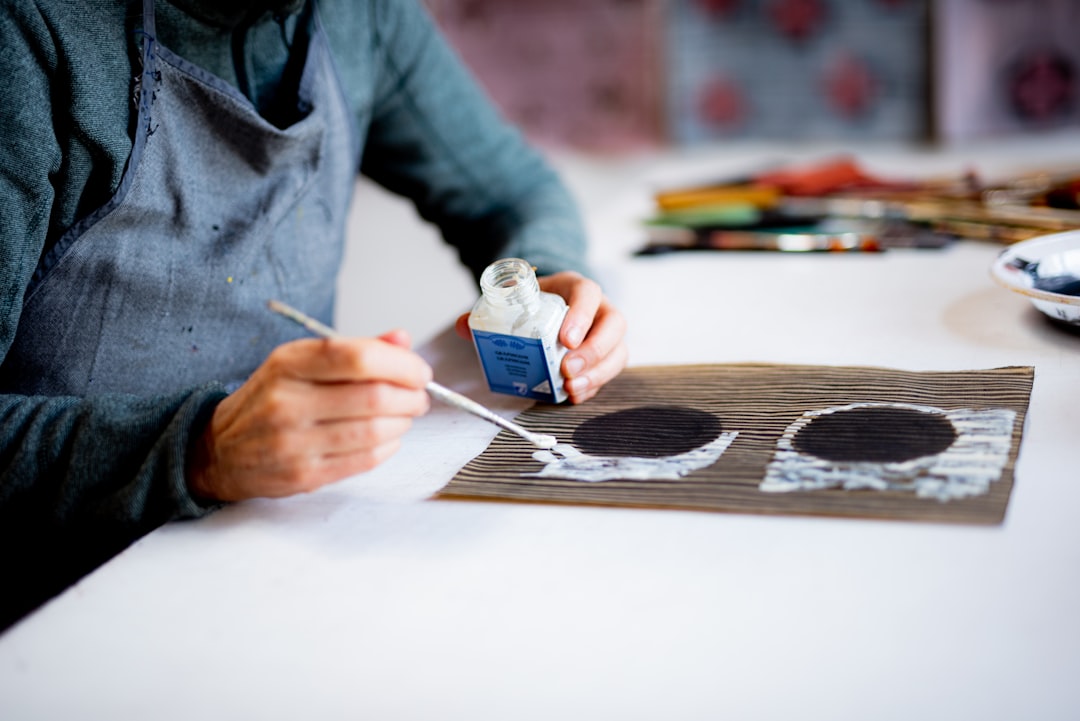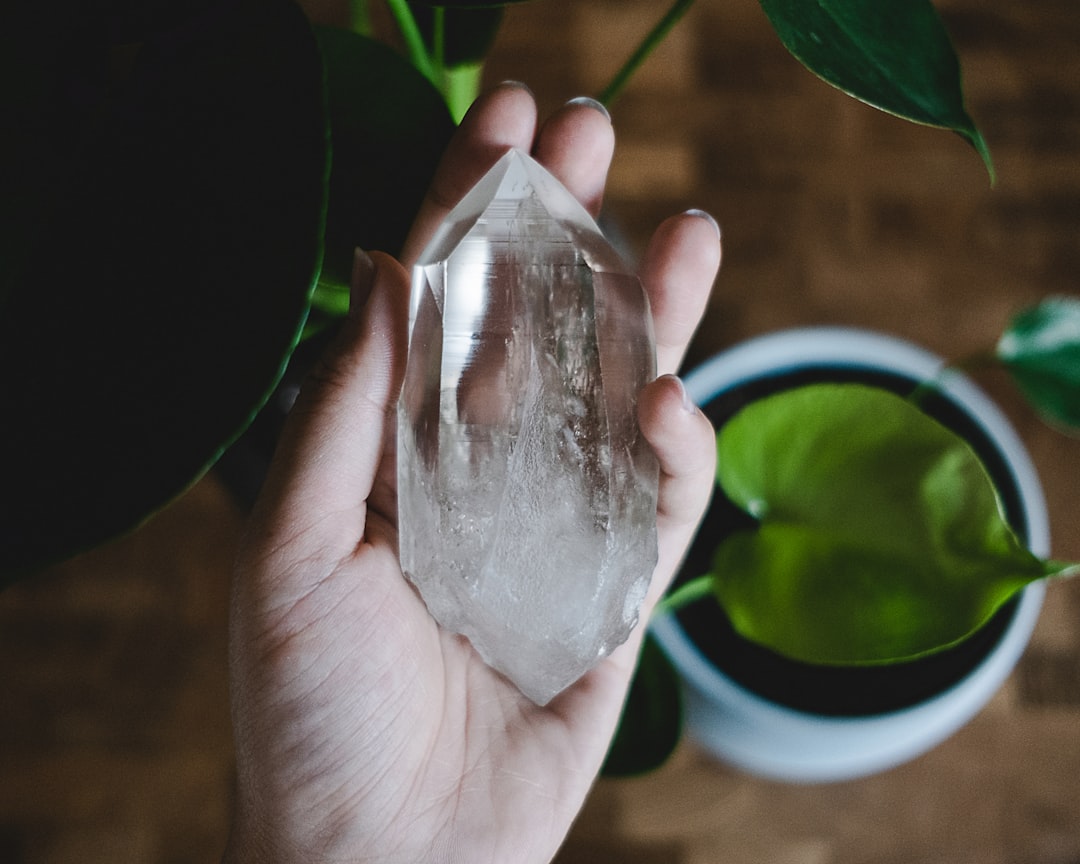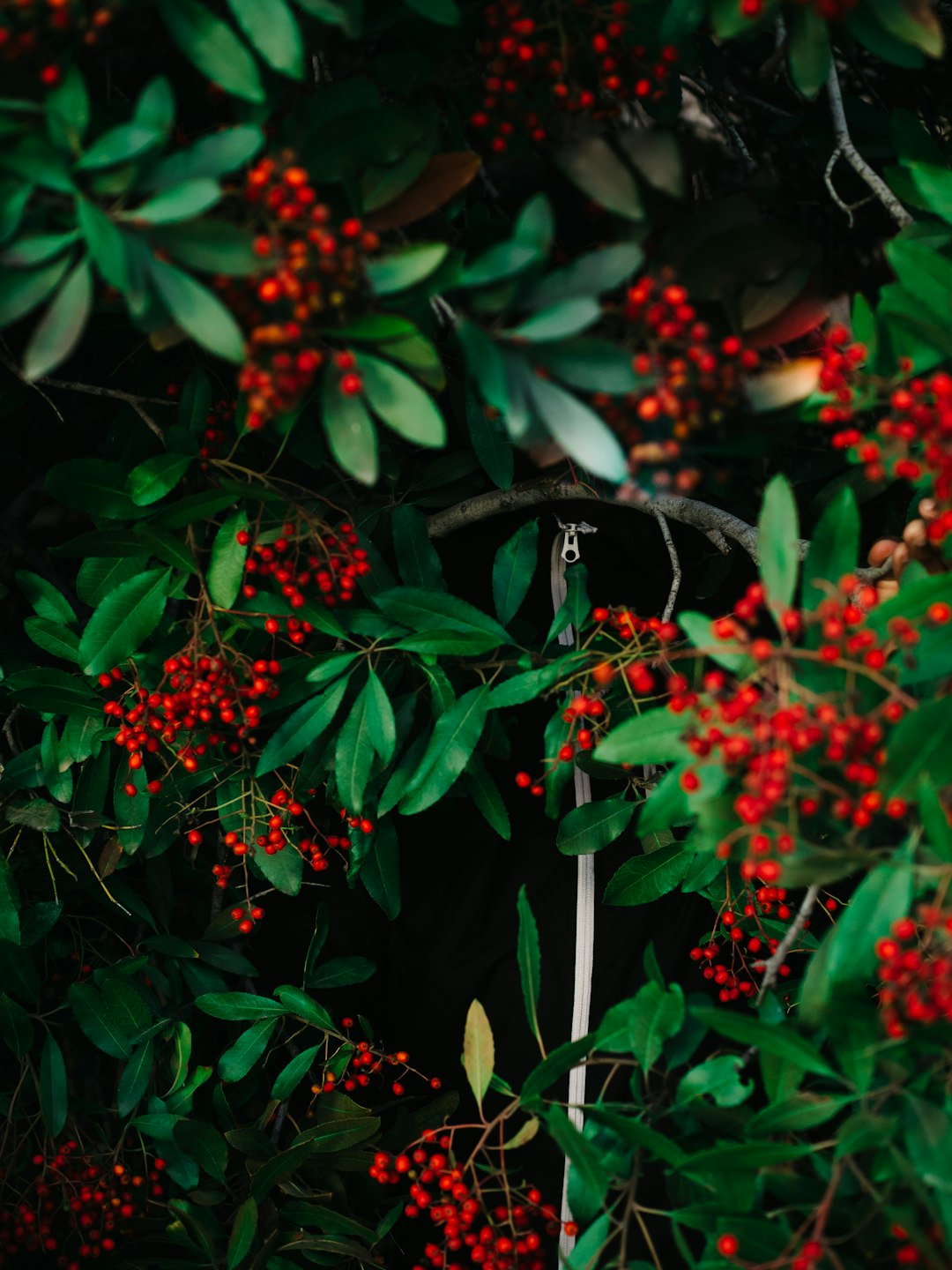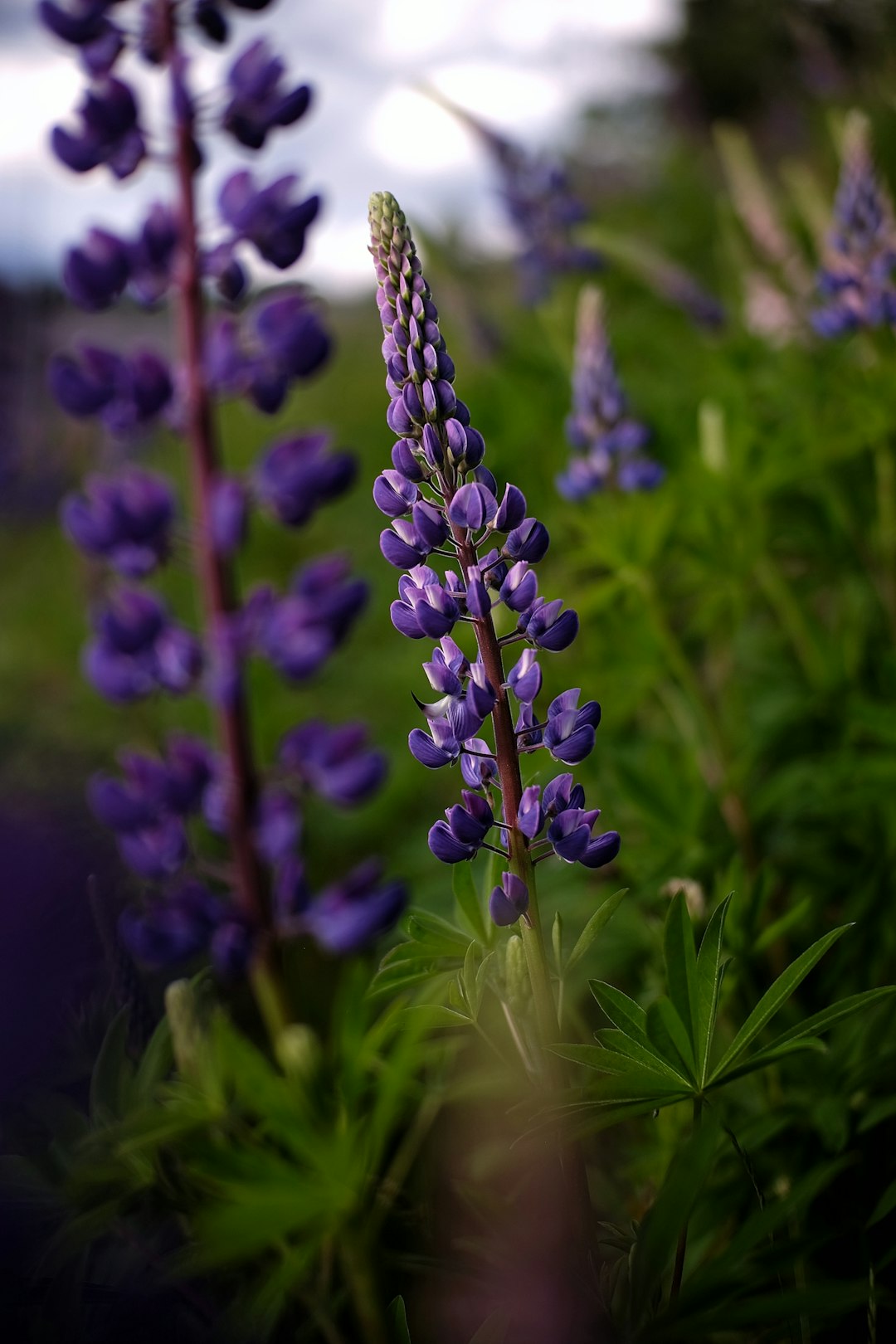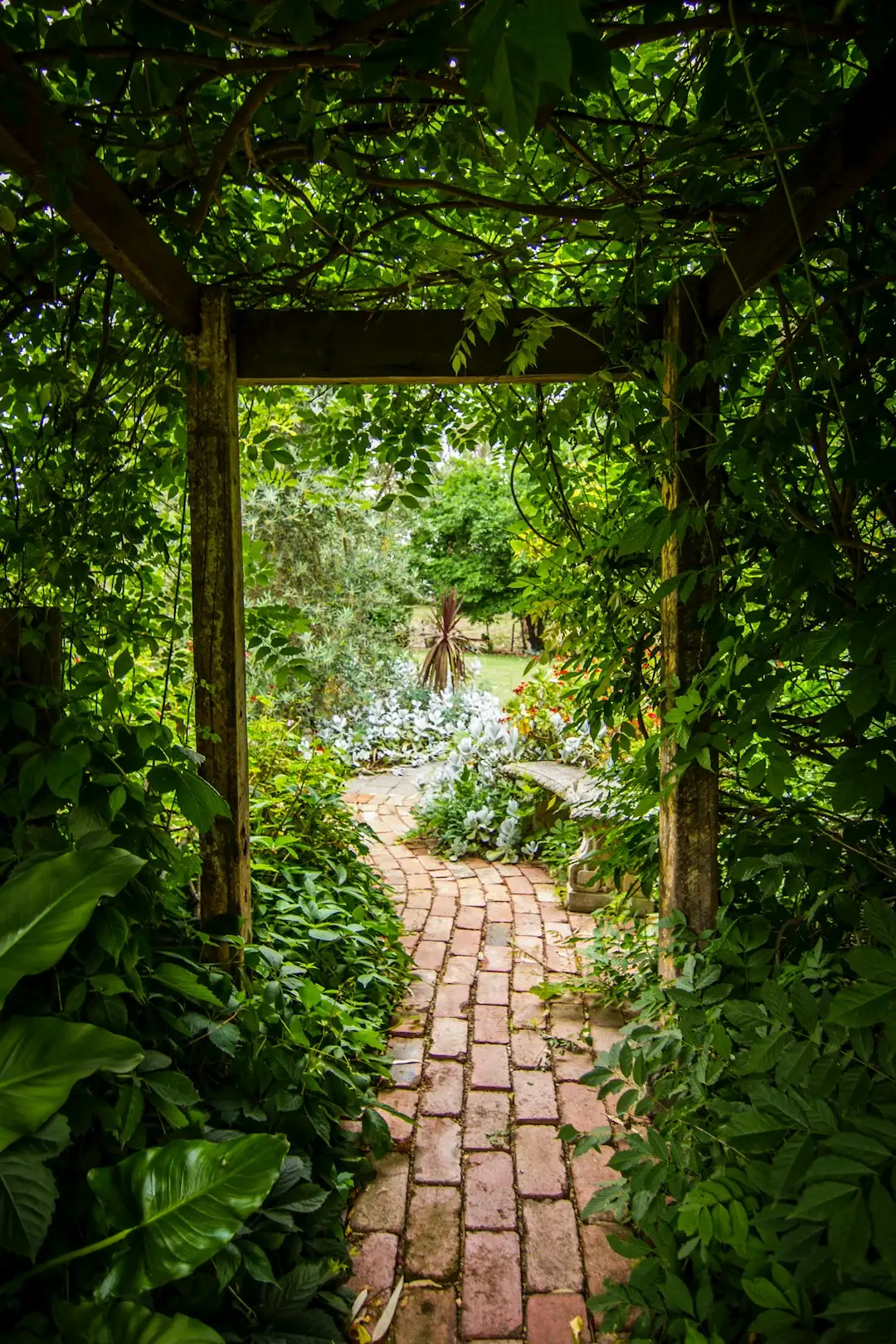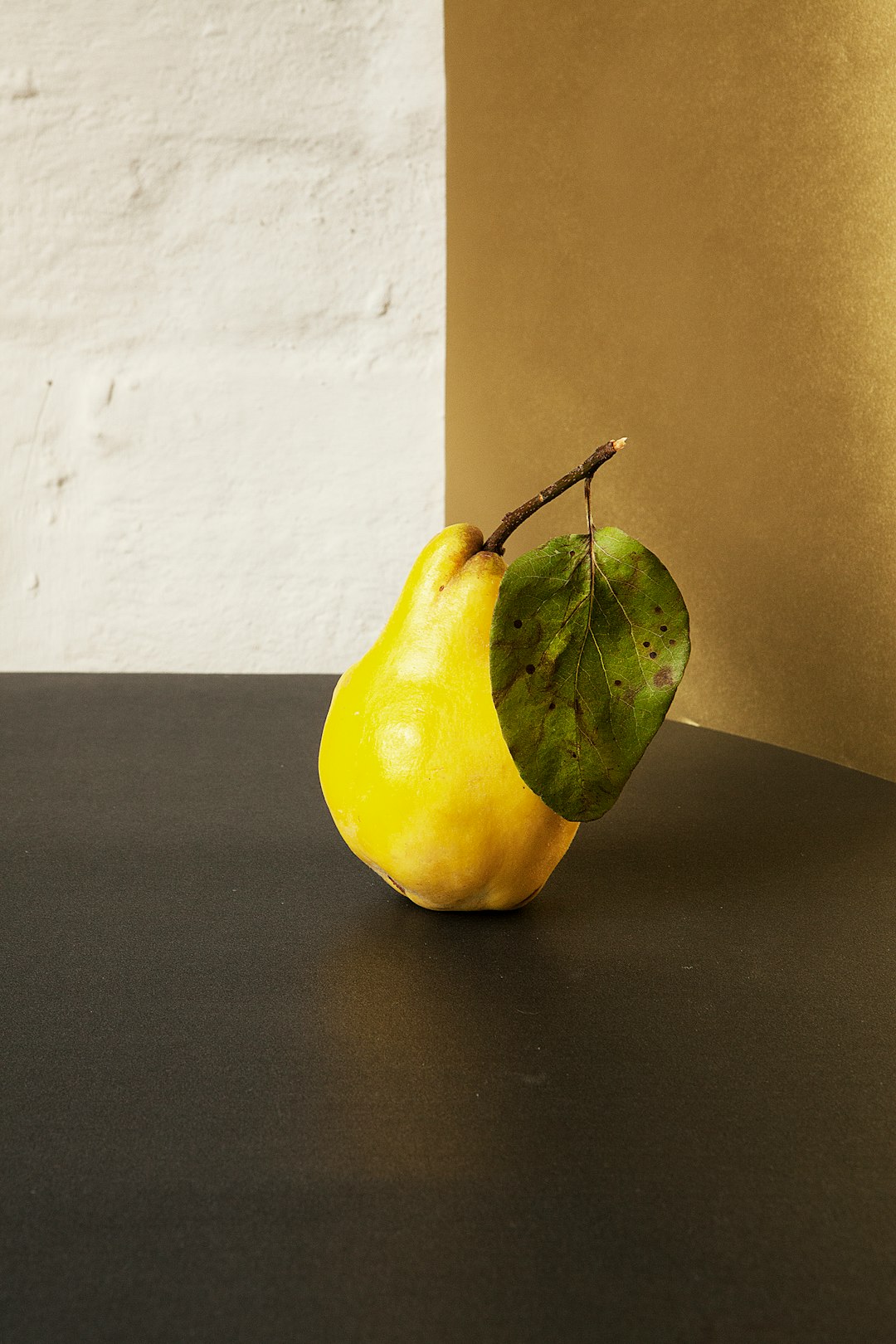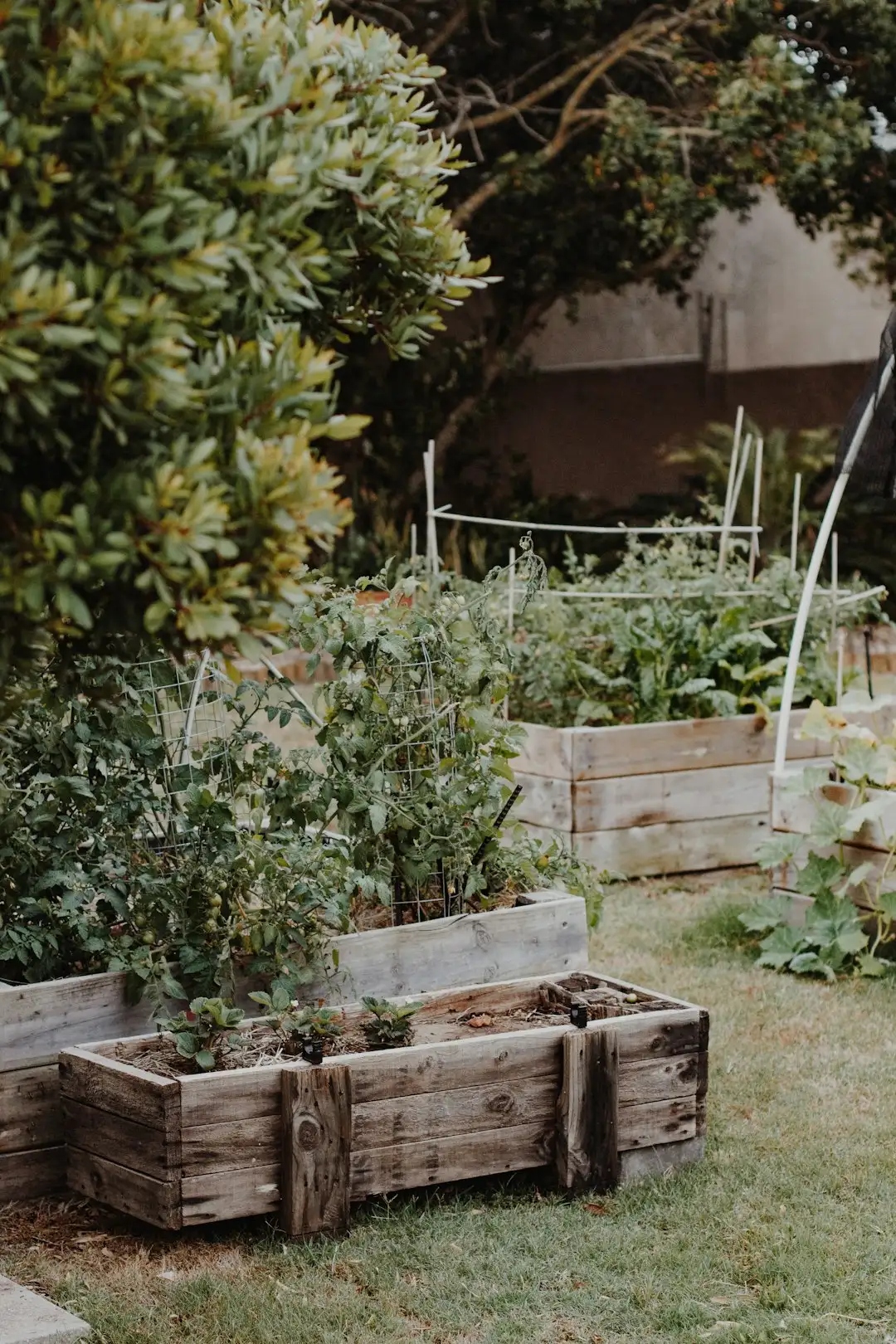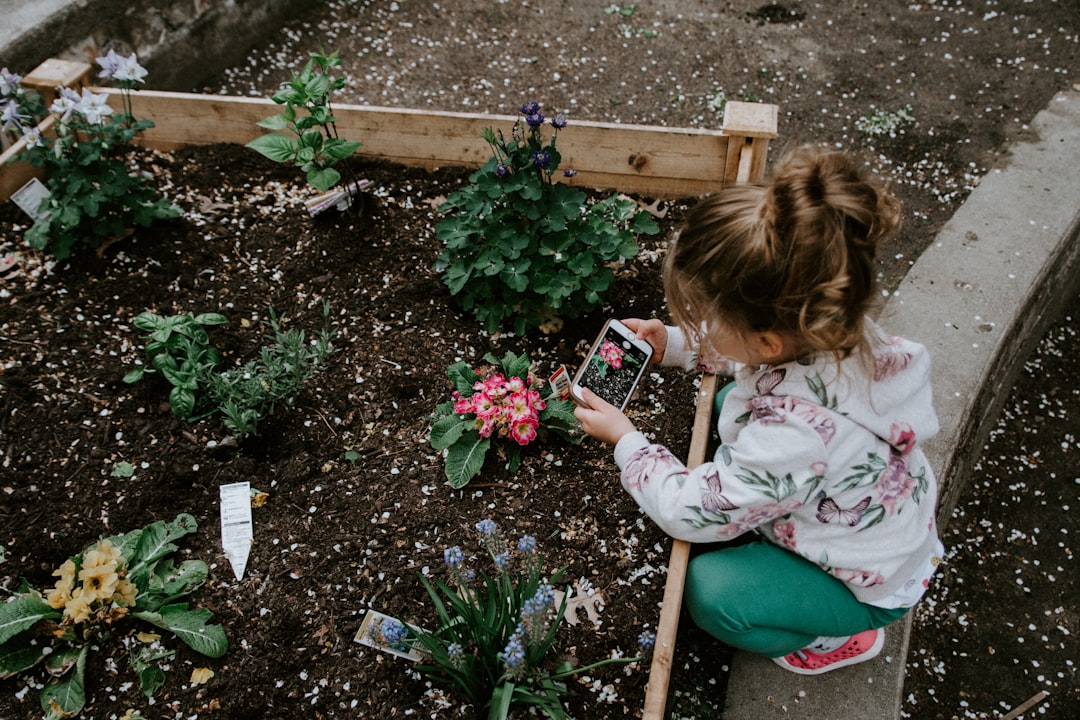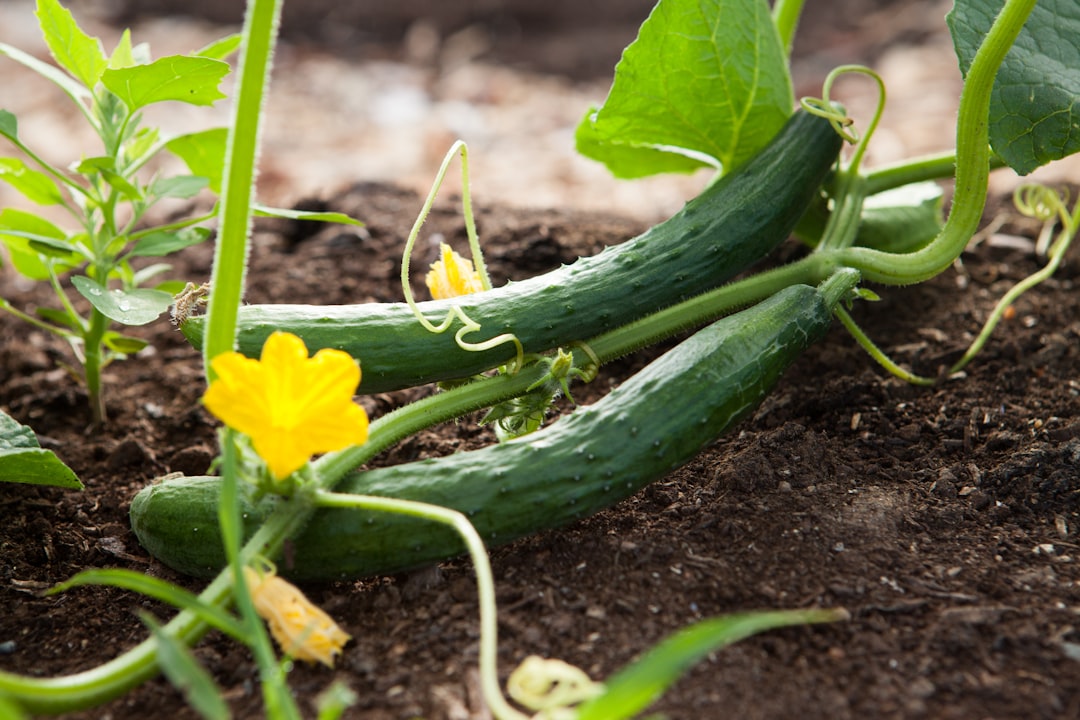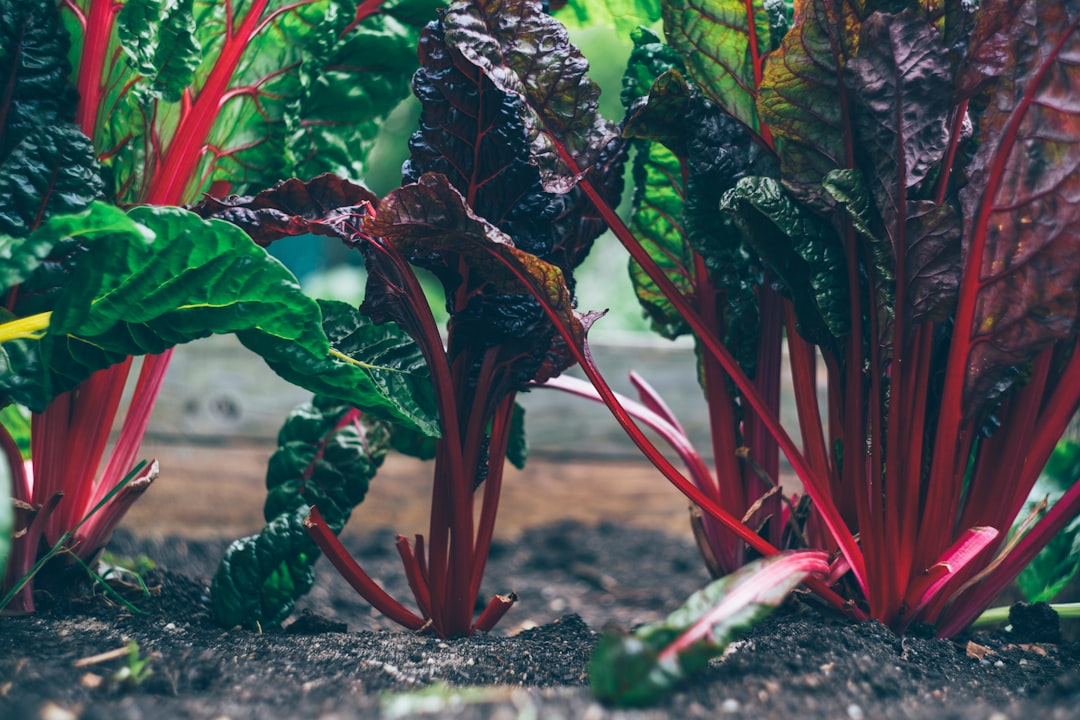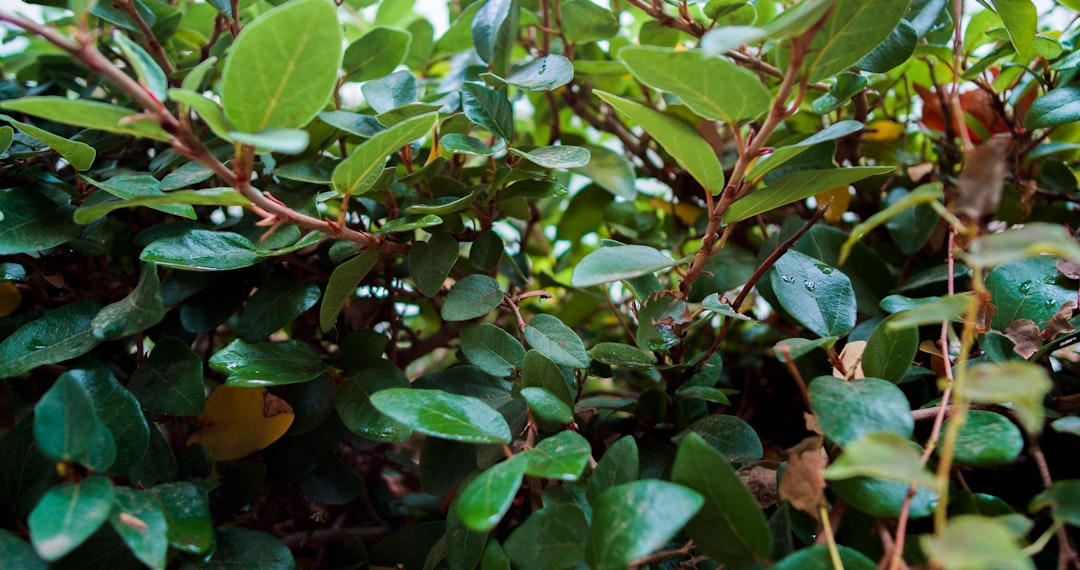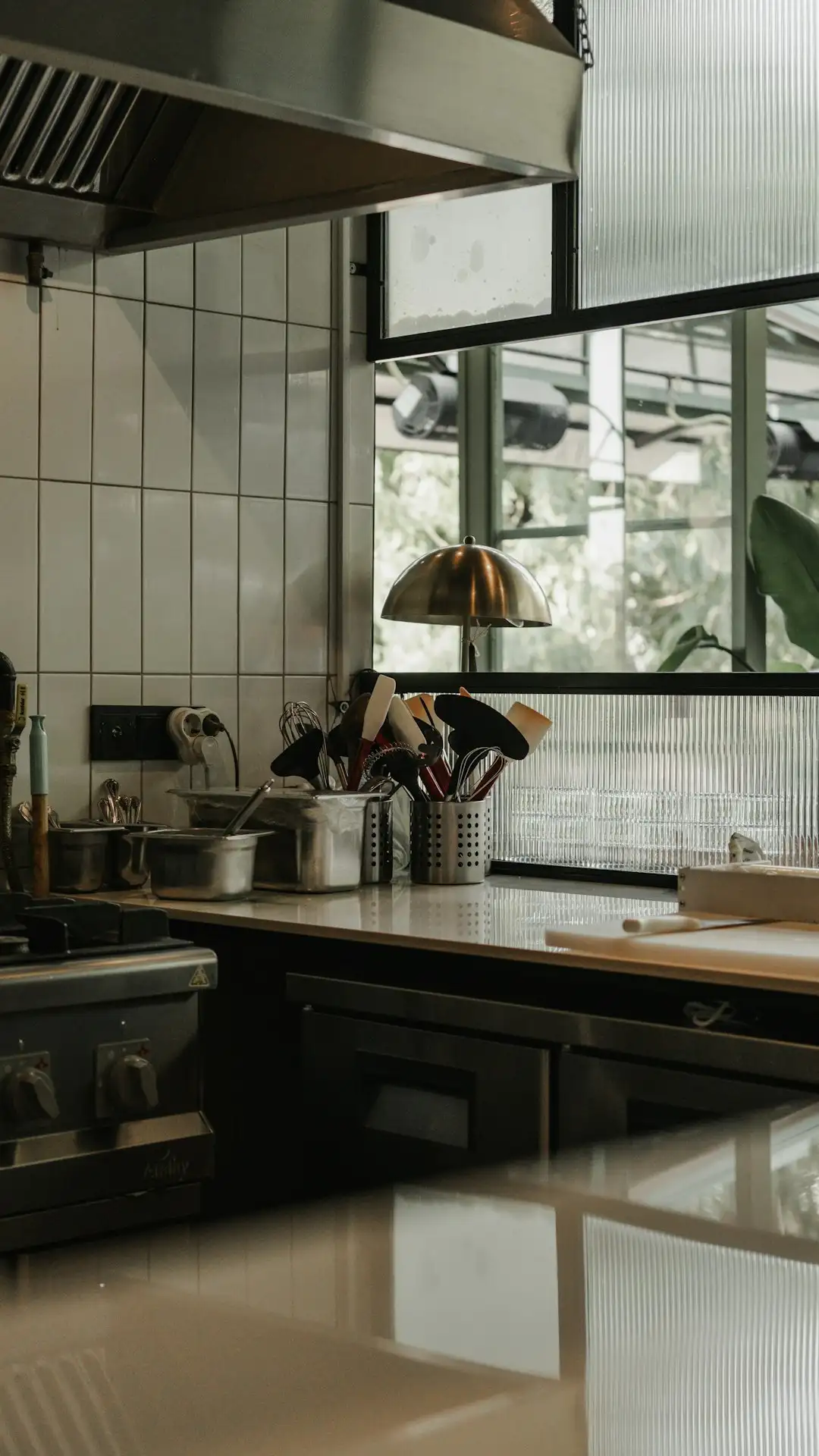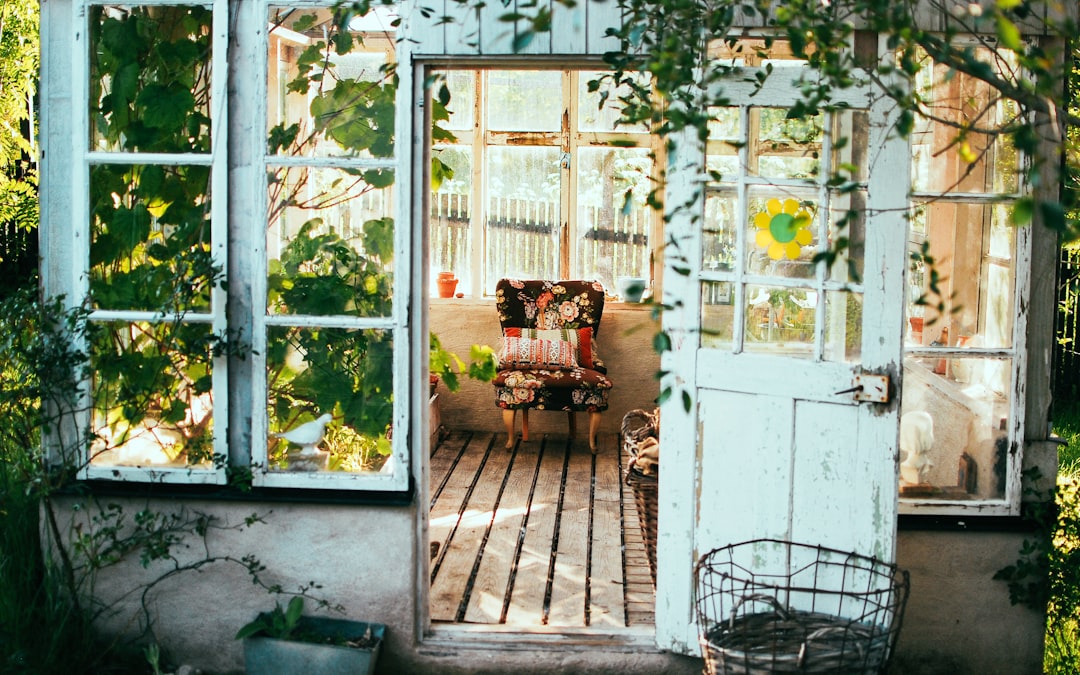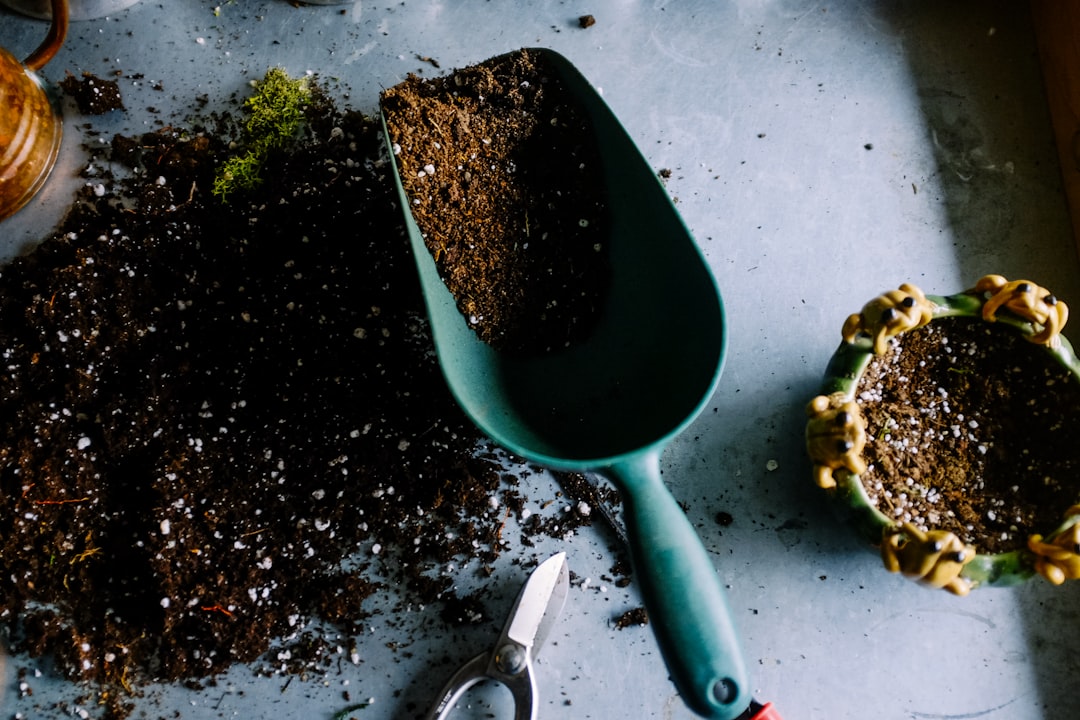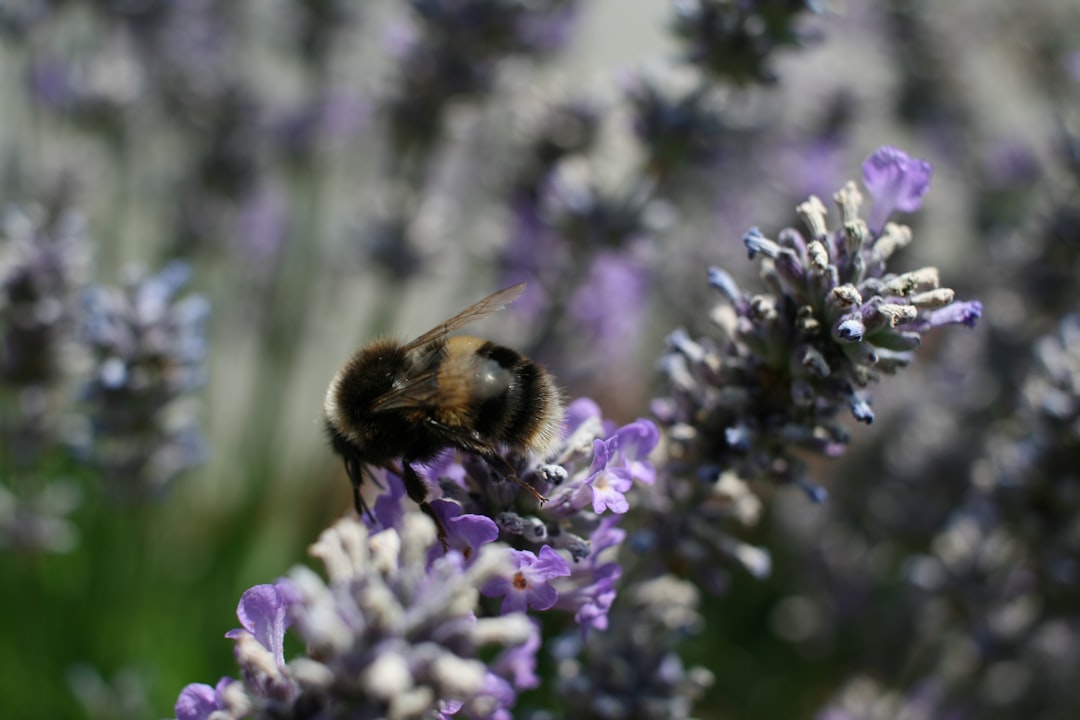
Annual flowers bring a burst of color and life to any garden, and among them, the Bells of Ireland stand out with their unique charm. These annuals are not just ordinary plants; they are a spectacle of nature, with fragrant and showy calyxes that have made them a favorite in bouquets as cut flowers. In this article, we will delve into the world of Bells of Ireland, learning how to plant and care for them to ensure a thriving garden.
### Understanding Bells of Ireland
Bells of Ireland, scientifically known as Moluccella laevis, are native to Western Asia. They are characterized by their tall, upright stems that can reach up to 3 feet in height. The most distinctive feature of these plants is their green, bell - shaped calyxes, which surround small white flowers. The calyxes are what give the plant its ornamental value, and their fresh, green color adds a touch of elegance to any floral arrangement.
### Planting Bells of Ireland
#### Choosing the Right Location
Bells of Ireland thrive in full sun to partial shade. When selecting a location in your garden, look for an area that receives at least 6 hours of sunlight per day. The soil should be well - drained, fertile, and have a slightly acidic to neutral pH. If your soil is heavy clay, consider amending it with organic matter such as compost or peat moss to improve drainage.
#### Starting from Seeds
Bells of Ireland are typically grown from seeds. You can start the seeds indoors 6 - 8 weeks before the last frost date in your area. Fill a seed tray with a good quality seed - starting mix and moisten it. Sow the seeds on the surface of the soil and lightly press them in, but do not cover them as they need light to germinate. Keep the soil consistently moist and place the tray in a warm location with temperatures around 70°F. Germination usually takes 10 - 14 days.
Once the seedlings have developed their first true leaves, you can transplant them into individual pots. Harden off the seedlings by gradually exposing them to outdoor conditions over a period of 7 - 10 days before planting them in the garden. Space the plants about 12 - 18 inches apart to allow for proper air circulation and growth.
#### Direct Sowing
If you prefer, you can also sow the seeds directly in the garden after the last frost date. Prepare the soil by raking it smooth and removing any weeds. Scatter the seeds on the soil surface and lightly rake them in. Water the area gently to keep the soil moist until the seeds germinate.
### Caring for Bells of Ireland
#### Watering
These plants require regular watering, especially during dry spells. However, it is important not to overwater them as they are susceptible to root rot. Water the plants at the base to keep the foliage dry and prevent the development of fungal diseases. A good rule of thumb is to water when the top inch of soil feels dry to the touch.
#### Fertilizing
Apply a balanced, slow - release fertilizer at the time of planting. You can also side - dress the plants with compost or a light application of a liquid fertilizer every 4 - 6 weeks during the growing season. This will provide the necessary nutrients for healthy growth and abundant blooms.
#### Pruning
Deadheading, or removing the spent flowers, can encourage the plant to produce more blooms. Once the flowers have faded, simply snip them off at the base of the stem. You can also prune any damaged or diseased foliage to keep the plant looking its best.
#### Pest and Disease Control
Bells of Ireland are relatively pest and disease - resistant. However, they can be susceptible to aphids, spider mites, and powdery mildew. To prevent pest infestations, keep the garden clean and free of debris. If you notice any pests, you can use an insecticidal soap or neem oil to control them. For powdery mildew, ensure good air circulation around the plants and avoid overhead watering.
### Harvesting Bells of Ireland
When the calyxes are fully developed and have reached their peak color, you can harvest the stems for use in cut flower arrangements. Cut the stems early in the morning when the plants are well - hydrated. Remove the lower leaves and place the stems in a bucket of water immediately. Bells of Ireland can last up to 2 weeks in a vase, adding a touch of greenery and elegance to your home.
In conclusion, Bells of Ireland are a wonderful addition to any annual flower garden. With their unique appearance, fragrant calyxes, and ease of care, they are sure to become a favorite among gardeners. By following the tips outlined in this article, you can successfully plant and care for these beautiful plants and enjoy their beauty both in the garden and in your home.
New






